Linked below is my internship presentation. In this presentation, I provide an overview on my internship experience. I discuss how I landed the job, my position within the organization, some examples of projects I’ve done and finally, a final self-assessment where I go over how this experience has shaped me into a more confident designer.
Category: COMD 4900, Internship Fall 2022
My Mentorship with My Supervisor
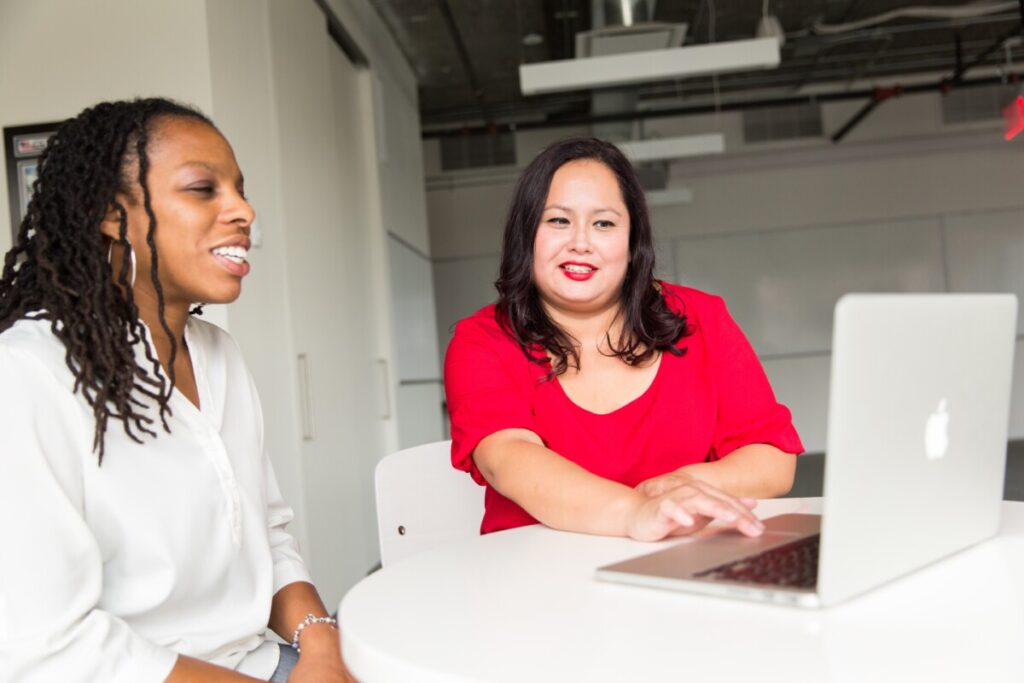
Despite being a remote internship where I haven’t gotten to meet any other interns or my supervisors face to face, there is still one person that I would consider a mentor to me. The person I consider the most to be my mentor during this internship is my first supervisor. Although our time working together was short, I still believe that projects I made under their guidance is what first sparked my enjoyment of this internship and motivated me to continue doing well on every single project I made from then on.
When I first started my internship with the organization and after I finished filing all necessary paperwork with the organization, I was introduced to my first supervisor. For my first assignment, I messaged them with questions about the expectations for this first project. She messaged me back promptly with a voice message which made our working relationship feel a lot more personal to me. I really appreciated this from her and soon after, I would send every other new project to her. With every new project or question I had, she would send me a voice message greeting me and giving her feedback on each assignment. Her use of voice messaging rather than text or email was something I had never experienced before. It was something I wasn’t expecting but being able to hear her voice giving me feedback made our working relationship feel more close and personal.
Along with being a good mentor by providing me feedback on my projects, my first supervisor was also really encouraging in her feedback, saying that she took a liking to my work. One example is when she sent me a voice message regarding my next assignment. Along with letting me know what my next project would be, in the same message, she let me know that the scholarship application I had designed as a part of my first project was the design that the organization would be moving forward with. To me, this was very encouraging to hear and really motivated me at that time. From hearing these words, I promised myself to do amazing work for the organization from then on. My first supervisor was a kind, nurturing mentor who helped me to realize the weight of my work and help me realize that I can create great works in graphic design and typography.
Self-Evaluation
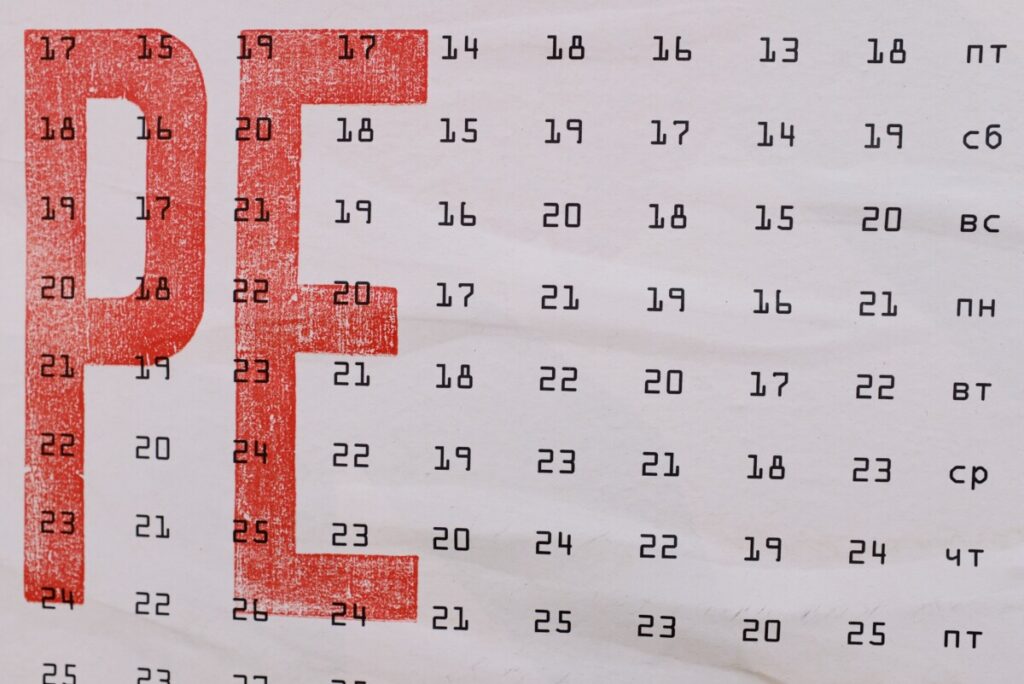
In most of these projects, my supervisors have provided me with feedback that let me know my submissions were well-received which has led me to believe that the work I have been doing throughout this internship has been good. The feedback I receive weekly from my supervisors have been positive and only served to make the final pieces better upon a second pass. One example I can recall where I believed that my performance was positive was during my third project with the organization where I needed to design 3 iterations of a 2023 calendar.
At this point in my internship, I had an understanding of what the organization required of me when it came to creating pieces for them. Going into this project, I knew that I needed to incorporate the branding tools provided to me by the organization (ie: brand colors and organization logomark). I also knew that for this project, I wanted to make sure the designs in this project reflected the organization’s core values and missions; striving to create equal services and opportunities to underserved communities in the U.S. To do this, I grabbed royalty free photos from Pexels that I believed reflected the organization’s values. All of these photos evoked acts of kindness, community service, charity and equality, things that I believed reflect the identity and goals of the organization. Paired with these photos, I utilized the organization’s brand colors and logomark to create 3 iterations of the calendar.
For each submission, I not only wanted to make each design unique but also to improve each one over the last. Each one utilized a circle which contained the number of the year and the organization’s name and logomark at the bottom right of the calendar. When making the first iteration, I utilized the photographs I had collected along with the branding colors and logomark to create a design that I believe was quite successful for the first iteration. For the second, I forgoed using photos and instead relied on a calendar with clean design elements. Finally, for the third iteration, I decided to improve on the design I made for the second iteration by not only adjusting the placements of the text but also including photos that enhanced the original design.
Once I submitted my 3 iterations to my supervisor, I was met with praise from my supervisor that assured me that my work was good. Aside from my supervisor’s liking to my work, I believed myself that the designs I did for these calendars was great. It was the first time I had designed a calendar and I believed that for the first time, I did a good job in creating something that looked pleasing and reflected the organization’s missions and core values.
Magazine Project & Working with a Supervisor
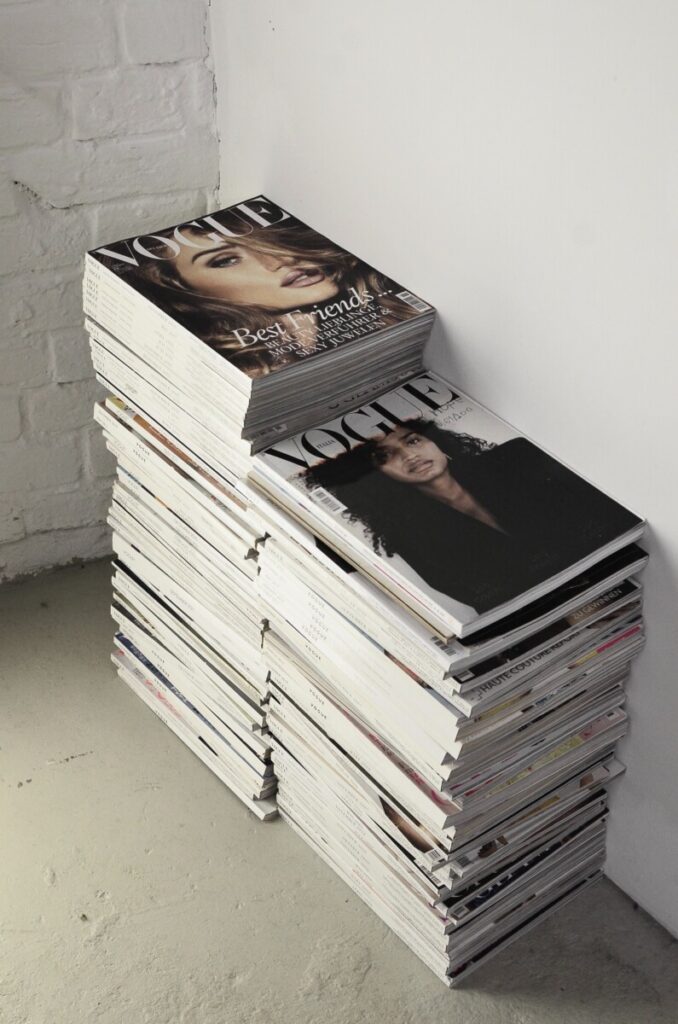
One of the things I learned during this internship about working remotely is that often, you are working by yourself whether it be on your morning commute or in the comfort of your own home. More often than not, when I work on a project that my supervisor sends me, I’m often tackling it solo. While I do receive feedback from my supervisor and try to make improvements to each piece by the required deadline, I have never been assigned a project from my supervisor that required me to work collaboratively. However, there is one project I have received where I believe the feedback from my supervisor turned it into a success.
For this project, I was assigned to make 3 unique and different cover designs for the organization’s official magazine. During my briefing on the project, I was told that this cover would be covering Queen Elizabeth II. This was done shortly after the Queen’s passing and as such, was meant to pay tribute to her and her years of service as England’s monarch. There were a few other interns who were assigned the same project but for all of us, myself included, this project was meant to be completed by ourselves. The only person I had contact with during this project was my supervisor so that I could get feedback on the designs.
Working on these covers, I made sure that each of them was distinct and contained different design elements that showed the Queen’s power and majesty. I experimented with each of them with the first containing the organization’s branding colors, the second being a photocollage and the final one being a strictly black and white cover. In the end, I believe I came up with three unique cover designs that each managed to pay tribute to Queen Elizabeth. My supervisor seemed to think so as well as when they received them, they commented on their liking towards my designs.
It wasn’t until weeks later that I would be asked to return to the black and white magazine cover by my supervisor. They had come to me requesting that I make adjustments to the text on the cover highlighting Queen Elizabeth being Britain’s longest serving monarch. I fulfilled their request shortly after and even ended up making minor adjustments to the various headings and subtext accompanying the cover. After sending this new version of the black and white cover to them, they commented on how it was a success and that no further adjustments needed to be made. In the end, this project in both the supervisors’ eyes and my own eyes, was complete.
Ethics in Design 2B
2b. Regarding the “HOPE Poster” case, I do believe that Shepard Fairey was wrong in what he did and wrongfully tampered with a confidential document that belonged to another organization. In the New York Time article, it states that Shepard was accused of infringing on the copyright of The Associated Press by using their image of Obama for his own “HOPE” poster. I do believe this was correct as not only did he not purchase a license/ask permission to use it but he also tampered with it in slight ways to make his poster. The list detailing his tampering can be found in the article “Case Study on Fair Use and Fair Dealing: The Hope Poster Litigation” in which it contains a list of modifications that Fairey made to the original document in making his “HOPE” poster. This includes “rotating the image by 5 degrees clockwise, smoothing out and stylizing features of Obama’s appearance such as his shoulders, extending his torso length below the lower boundary of the original photograph and redrawing/stylizing other features like Obama’s ears, nose, eyes, and hairline. I believe that as an artist, you hold responsibility when utilizing other photographs for reference. You owe the photographer the offer to purchase a license or sign an agreement to utilize their piece in your own work. What Fairey did was highly irresponsible and it is understandable why and how this led him to probation. His case serves as an example of how infringing on others’ images for your own work and profiting off of it can lead to harsh punishments and consequences.
Citation(s)
- “Case Study on Fair Use and Fair Dealing: The Hope Poster Litigation” Fisher, W. (2012). PDF. Cambridge; Harvard Journal of Law and Technology.
- “Use of Photography” AIGA. (2001). PDF. New York City; Richard Grefé, AIGA.
- Kennedy, R. (2012, September 7). Shepard Fairey is fined and sentenced to probation in ‘hope’ poster case. The New York Times. Retrieved October 8, 2022, from https://archive.nytimes.com/artsbeat.blogs.nytimes.com/2012/09/07/shephard-fairey-is-fined-and-sentenced-to-probation-in-hope-poster-case/
Ethics in Design 1B
1b. So far for this internship, I have not had to sign any confidentiality or non-disclosure agreement with the organization. The only paperwork I have had to sign/file with the organization is an internship agreement form. This internship agreement form contained my personal information, information about the organization and the tasks I would perform during the internship, and a list of terms applicable to both myself and the organization. I will be sure to follow all guidelines that my supervisors at the organization set for me and as a designer, I will create work that reflects the organization in a positive way. I will be respectful of my client and make sure my attitude and designs reflect the organization’s core values of equality, fairness, and justice for all underrepresented groups.
Citation(s)
- “A Client’s Guide to Design: How to Get the Most Out of the Process” AIGA. (2001). PDF. New York City; Richard Grefé, AIGA.
- “Use of Photography” AIGA. (2001). PDF. New York City; Richard Grefé, AIGA.
- “Guide to Copyright” AIGA. (2001). PDF. New York City; Richard Grefé, AIGA.
A Typical Work Week
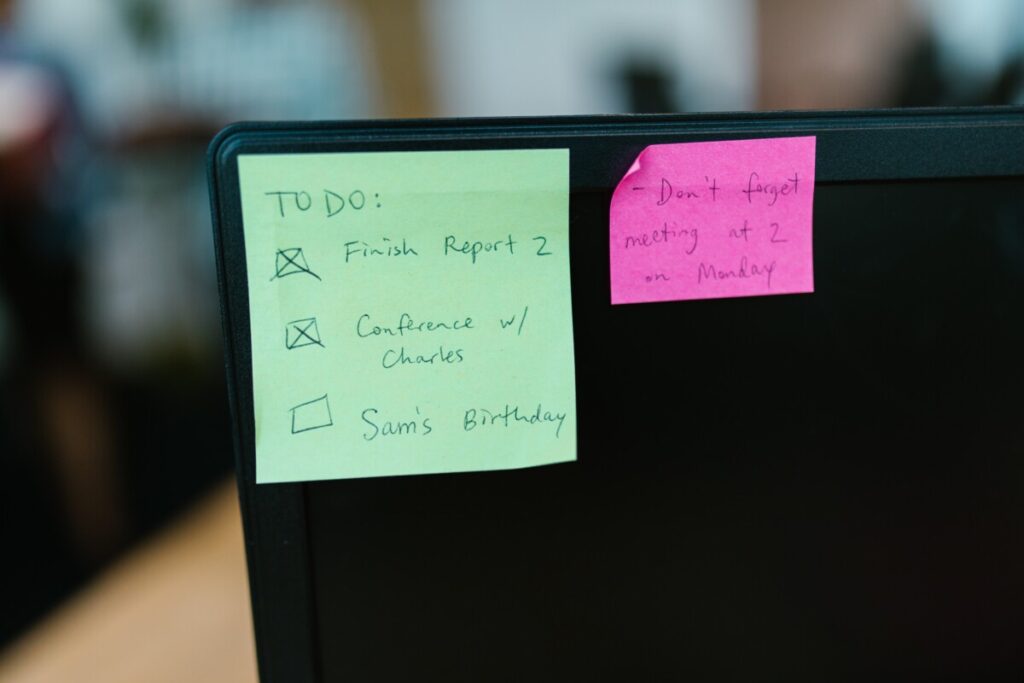
There is no “typical day” for me with this internship due to the fact that it is all done remotely. Instead, I have a typical daily and weekly routine when it comes to getting projects done well and on time.
Once I get my latest project from my supervisor, I begin working on it as soon as I make time for it in my schedule. I do this by writing down a “To-Do List” for myself every day so that I don’t procrastinate or get assignments done late. Usually for internship assignments, I am typically given a week to work on it and make it the best that it can be. Due to the internship being remote, I need to spread the time that I work on this assignment evenly. I do this by spending each day of the week that it’s due working on the assignment (ie: if the assignment was assigned Friday and due next Friday, work on it immediately and get feedback to improve it before the deadline). I find this is the best way to work for me as it allows me to get feedback from my supervisors and improve the project before its final deadline. I also try to get work done on projects during my breaks/off time at my part-time job.
I do my best to stay on top of all of my work, be it internship related or class related. While it does get tough to keep up with school assignments, internship assignments, and my part-time job, I believe I have been able to manage all of them successfully. Ever since COVID-19 hit the U.S badly, for the past 2 years, I have been working part-time and going to school. This semester, an internship throws in another layer by acting almost like a second job to me. I am doing my best to manage all of this though and will continue to do so until the day it’s over.
How I’m Fulfilling My Responsibilities as an Intern and Design Student
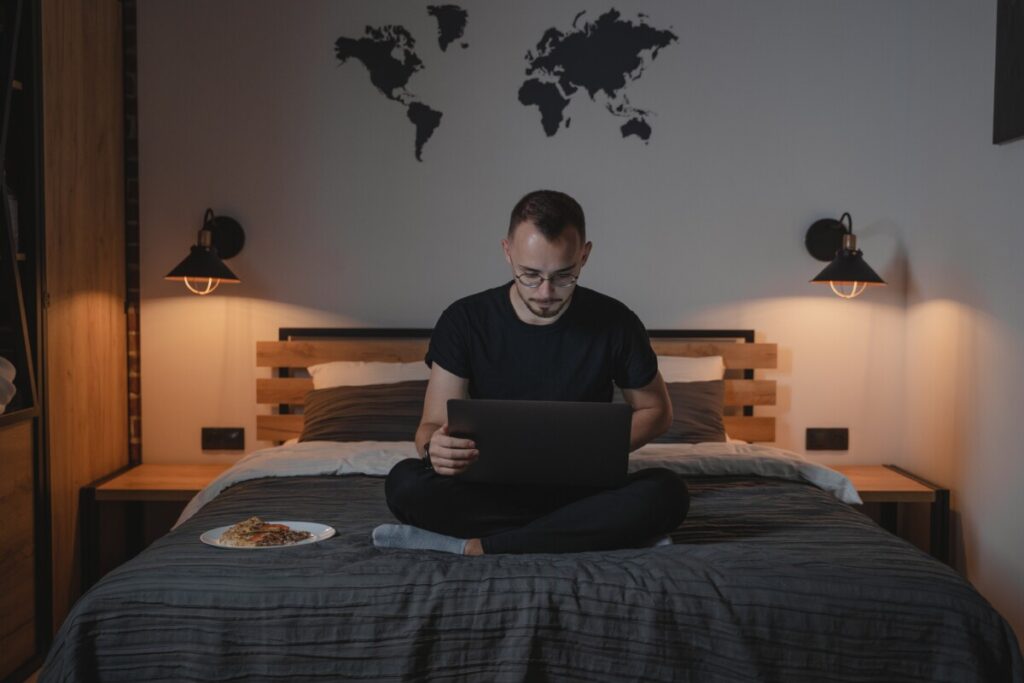
Working on my internship, there are a lot of duties and responsibilities I need to fulfill as a design student and as an intern.
During my internship, all of the responsibilities I have been given revolve around completing my projects on a weekly basis. I have not had to complete any clerical duties or in-office tasks. I believe this is mostly because my internship is a strictly remote experience. Outside of emails, Zoom meetings, and communication through a software called Rock, I have not met any of my supervisors or coworkers face to face so far during this internship. Because of this lack of face to face interaction, there haven’t been any instances where I needed to physically go to the organization’s headquarters to do any in-office work. I see this as a positive because it allows me to dedicate more time on my internship assignments by reducing the need to travel and show up to an office to do my work.
As for my duties as a design student, I believe this internship has helped me greatly in fulfilling the necessities of my degree on top of helping me develop my skills as a designer. One thing this internship has helped me in is my degree requirements. For the degree that I have, an internship is required. This internship is designed to help me meet those requirements and get my first experience working in the design industry. Along with being a necessary requirement for my degree, this internship has really helped me in furthering my design and communication skills. For each of my projects, my skills in both graphic design and typography are put to the test as I design posters, merchandise, and magazine articles for the organization. I believe working on these projects have greatly improved my already existing skills in these areas and will be very useful in both freelancing and future design jobs. Along with improving my skills in design, I have grown my skills in communication thanks to this internship. Communicating with my supervisors, asking them for feedback on assignments and updating them with new versions of those assignments has taught me the importance of communication and etiquette when communicating in the design field.
Learning the Importance of Deadlines and Communication
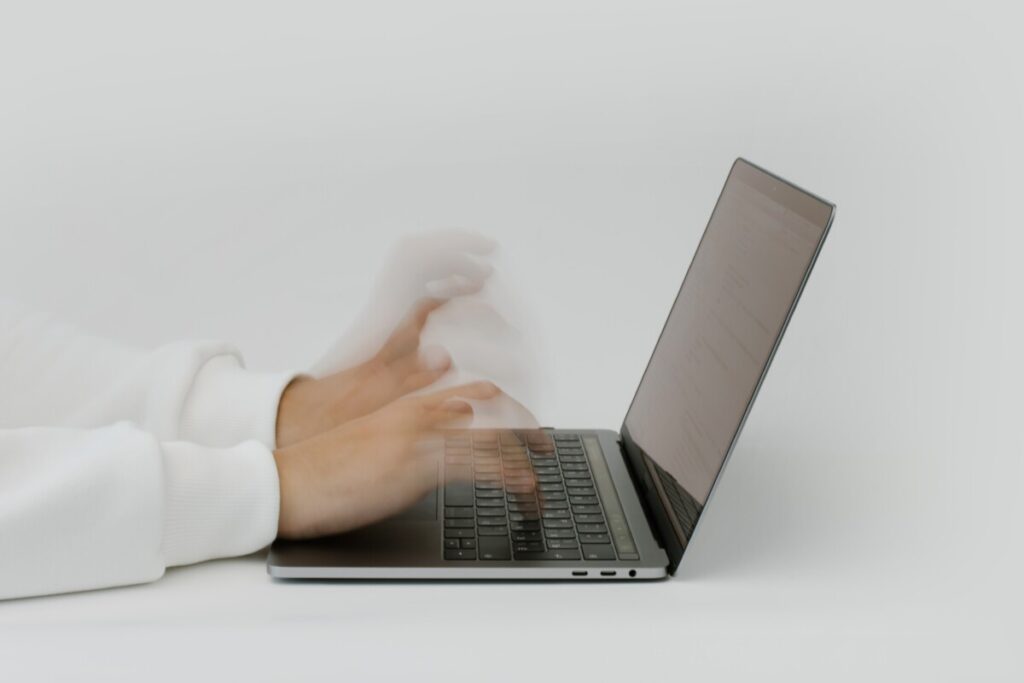
As my internship continues, I have found myself learning a lot about the design industry, the importance of deadlines and the importance of team communication. In this internship, I have had to complete and submit projects given to me by my supervisor every week. Sometimes I would need to complete them by the end of a week and other times, it would need to be completed by the day after it was assigned. In this entry, I’m going to go over how one experience has helped me get a better understanding of how the design industry functions and just how the projects I’ve been given have helped me gain a better understanding of meeting deadlines and communicating effectively with my team.
Most of the projects I have been given during this internship were given in advance and I was given a few days to a week to complete each of them. I saw this as both fair and a good way to mimic what a project in a real design job would be like. I already had the idea implanted in me that it was standard practice in the design industry to give a week for small projects like the ones I was given. I believe that being given only a week to do these projects really forced me to focus on time management and make time to work on these projects.
However, there was one project I was given where I also realized the importance of deadlines and the necessity of crunching on certain assignments. It was a project where I needed to design 2 articles for the organization’s official magazine. I was assigned this project on a Thursday where it was then due the next day. While I wasn’t a fan of this decision, it did help to instill in me the belief that crunch is sometimes a necessity within the design industry. In an industry full of passionate people, everyone wants as much time as possible to make something “perfect”. Sometimes, things pop up and you’re working on an assignment due the next day. I am no stranger to crunch and I’m sure any design student or professional can attest to the idea that crunch is sometimes a necessity within the industry. I believe that if you want to be seen as a reliable worker in the design industry or any other field, you need to be able to work under some amount of pressure without cracking. While it can be tough, it’s a necessity and this project has instilled in me the idea that sometimes, you will need to crunch on projects.
Another thing that receiving this specific project has taught me is the importance of communication with supervisors and other team members. After this assignment, I was feeling drained physically and mentally due to needing to spend extra time working on this project. I appreciated the workload but I knew that continuing to receive last minute projects was only going to lead to burnout. After speaking with my professor about the matter, I emailed both my supervisor and the CEO about the workload. I let them know that I appreciated the workload but would need a consistent amount of work being given and consistent weekly deadlines in order to both meet my hours with the class and to create good work. Within the next couple of days, I received an answer from the CEO letting me know that they would be speaking to the supervisor and that I would be receiving work on a consistent basis. I thanked them for this and from this, I realized the importance of communication with coworkers and supervisors at a design job.
Redesigning the Scholarship Application
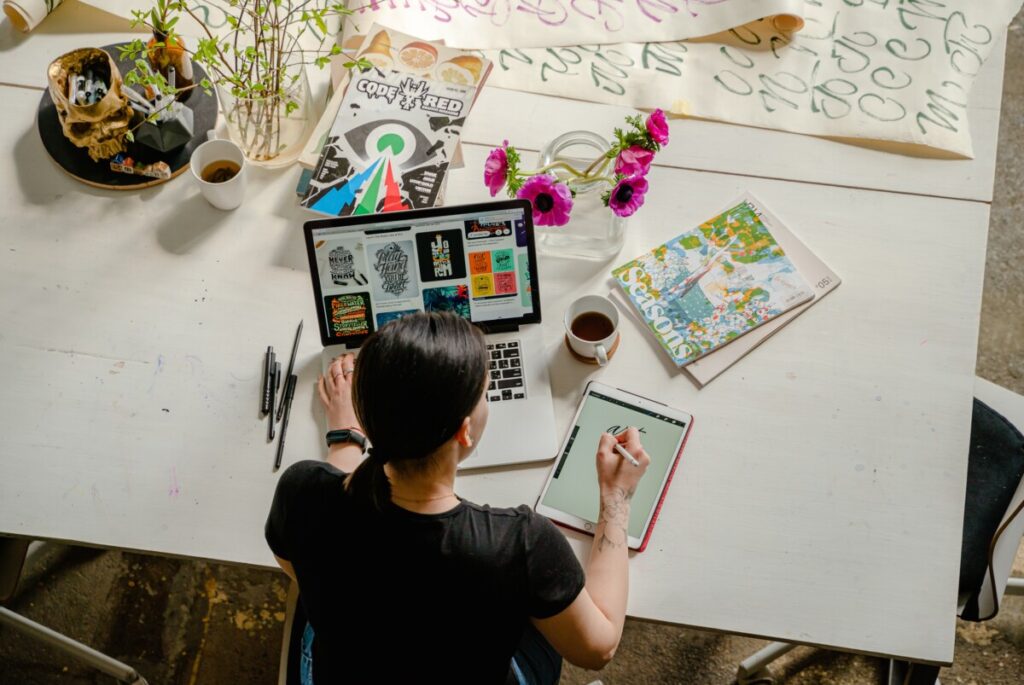
When I first started my internship experience, I had thought that the work I would be receiving would relate to my area of concentration which is illustration. However, all of the projects I have been given so far have been focused around both graphic design and typographic design, two areas in which I had experience in. While these subjects are not my main focus, I believe working on these projects have strengthened my skills in both of these areas significantly. Thanks to this internship, I have been able to work on projects that I never would have worked on when I was in college.
One notable project I received was my first assignment from my supervisor; redesigning the scholarship application for the organization. Being my first assignment, I was a little anxious in working on it since I had never been tasked with redesigning any documents for an organization before. On top of that, it was also my first assignment where I was working remotely so there was still some confusion for me in the form of communication. Through working on this assignment, I learned a lot about the specifics of redesigning for an organization and what goes into redesigning documents like scholarship applications. One thing I learned is the importance of following specifics from the supervisor.
For me, this came in the form of feedback from the supervisor where she specified that materials from the organization such as their logo and branding colors were to be used throughout each and every project. Hearing this feedback from my supervisor made me realize just how important the use of materials like logos and branding colors are in creating unity for a brand. Brands like Google use the same 4 colors in their branding in order to create unity and homogeneity across their apps and services. The organization is no different and the utilization of its branding colors is important as it makes their organization more easily identifiable and recognizable.
After receiving my first round of feedback from my supervisor, I utilized what I learned from my introspection in order to create a design that was more in line with what the supervisor and organization were looking for. During this second iteration of the scholarship application redesign, I incorporated the logo throughout the pages where it was most important such as the introductory pages and the beginning of the application/supportive materials itself. I also incorporated the use of the organization’s branding colors in more subtle ways that I believe added a flair to the application’s design without distracting from the information that was important to the applicant and the organization.
During the second round of feedback, I was happy with my final design of the scholarship application as was my supervisor. A couple of weeks after my final submission, I received a voice message from my supervisor where they expressed appreciation for my design work and let me know that they were moving forward with my design for their redesign of the scholarship application. This made me extremely happy and made me feel that my work was being validated. It felt good to hear that from my supervisor and made me motivated to do my best in future projects.


